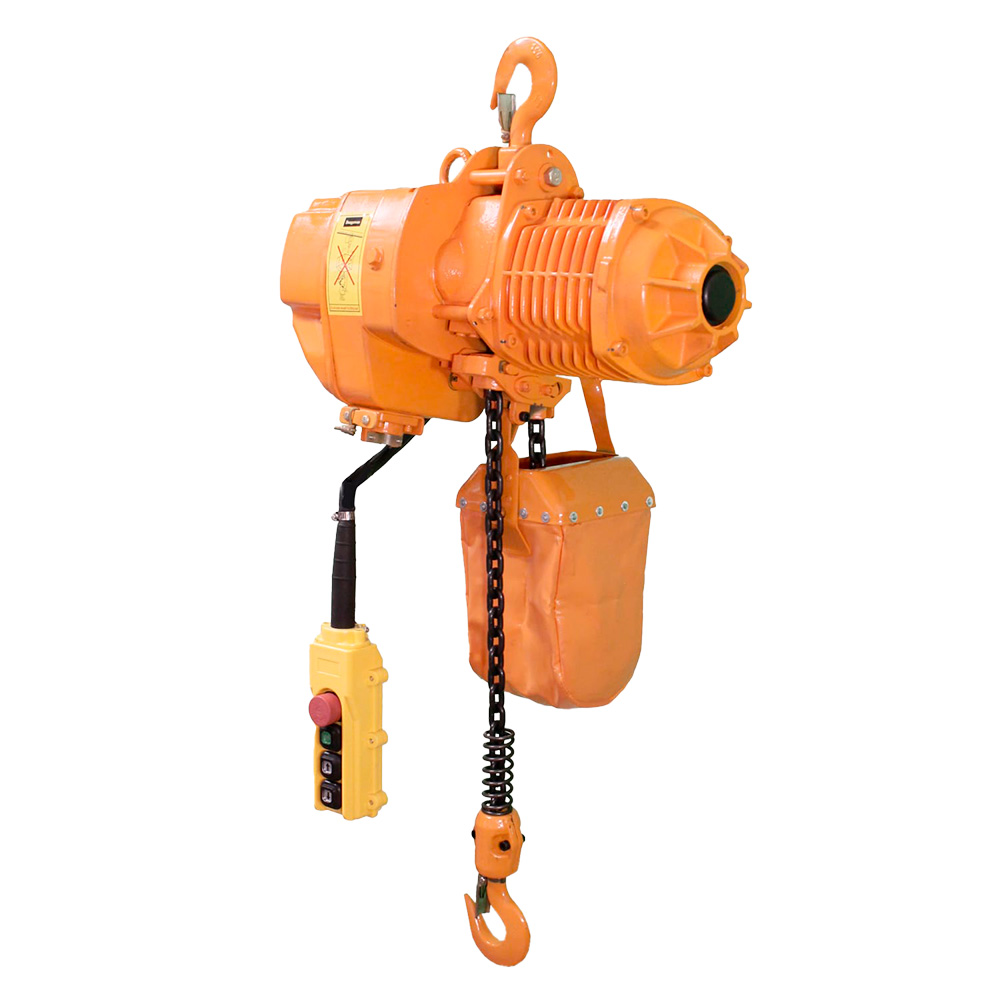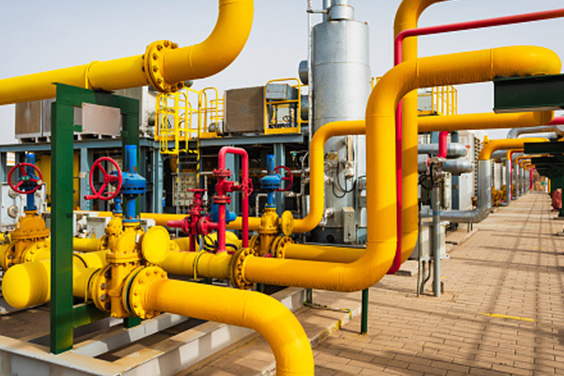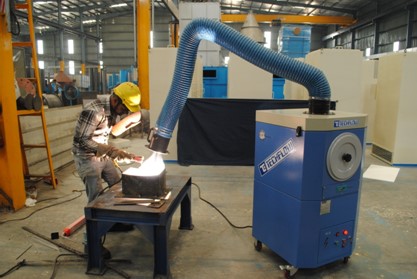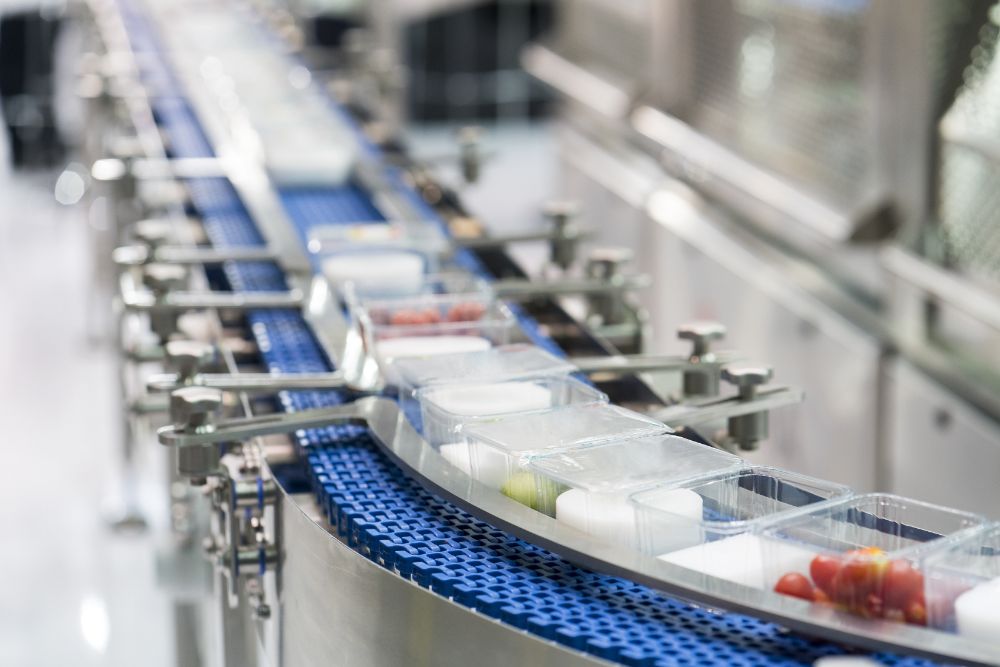Boosting efficiency in industries that rely on heavy lifting and material handling requires advanced, dependable technology. Custom electric hoist manufacturing solutions are integral to achieving this, providing tailored lifting mechanisms that meet specific operational needs. Whether for construction, manufacturing, logistics, or other heavy-duty sectors, electric hoists play a crucial role in improving workflow, safety, and overall productivity.
Why Custom Electric Hoists?
Standard electric hoists are great for general applications, but when it comes to specialized or high-stakes tasks, a one-size-fits-all approach often falls short. Custom electric hoists are designed with specific load capacities, lifting speeds, operational environments, and safety features that align directly with your project’s demands. This ensures that the hoist operates efficiently within the given parameters, minimizing downtime and maximizing throughput. For example, a warehouse that handles delicate yet heavy materials may require a hoist with precise control over lifting speed and braking mechanisms. On the other hand, a construction site lifting extremely heavy beams may prioritize hoists that offer greater lifting power and rugged durability. With custom electric hoist manufacturing, these unique needs are met with precision, ensuring optimal performance in every situation.

Enhancing Operational Efficiency
One of the primary advantages of custom electric hoist manufacturing is the ability to design equipment that integrates seamlessly into existing systems. Whether it’s a retrofit into an older setup or part of a new installation, custom solutions reduce the risk of operational bottlenecks. The seamless integration reduces lead times, minimizes human error, and creates a safer, more streamlined work environment. Electric hoists are also vital for reducing the manual labor required in lifting heavy materials. By automating the process, the need for manpower is reduced, and tasks can be completed faster and more safely. This, in turn, reduces the risk of workplace accidents and fatigue-related errors, both of which can drastically slow down operations.
Safety and Compliance
In industries where heavy lifting is routine, safety is paramount. Custom electric hoists can be designed with advanced safety features such as overload protection, emergency stop functions, and precision load control. These features help to ensure that operations run smoothly without putting workers or materials at risk. Compliance with safety standards and regulations is also a crucial part of custom hoist manufacturing, ensuring that your equipment is legally compliant and safe for use in high-stress environments.
Cost Efficiency
Though custom polipasto eléctrico de cable may have a higher initial investment than off-the-shelf options, they often deliver long-term cost savings. Tailored equipment ensures less wear and tear, reduced maintenance costs, and minimized operational downtime. Furthermore, when equipment is optimized for a specific task, it requires less energy to perform, resulting in significant energy savings over time. Investing in custom electric hoist manufacturing solutions is a forward-thinking move that can dramatically boost efficiency in industries requiring heavy lifting and material handling.


